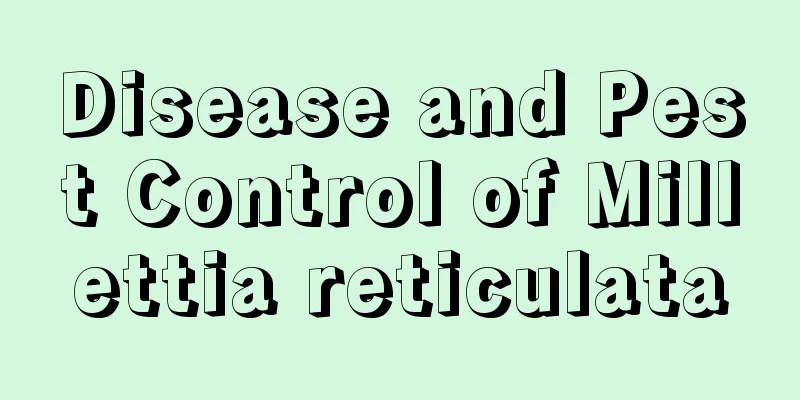How to grow peppers to get high yields?

|
As one of the important vegetables in China, the cultivation technology of peppers has been continuously improved, especially the greenhouse cultivation method, which can effectively control environmental conditions, reduce pests and diseases, improve the quality of peppers, and thus increase economic benefits. Let’s learn in detail how to grow peppers to achieve high yields. 1. Choose pepper varieties Choose pepper varieties that are resistant, of good quality, and durable in storage. Varieties should be adapted to the local production environment to improve economic benefits. 2. Land preparation and seedling raising Plow the land deeply to ensure the soil is finely broken up. Apply sufficient decomposed organic fertilizer and compound fertilizer . After sowing, cover with fine soil and water appropriately to promote germination. 3. Transplanting and planting Determine the time for transplanting, which is usually half a month after germination. Transplant strong seedlings, one per hole. Water the roots and apply well-rotted organic fertilizer and compound fertilizer. 4. Water and fertilizer management Top dressing should be done 2-3 times during the growth process, including the seedling stage, flowering stage and fruiting stage. Apply nitrogen fertilizer during the seedling stage, apply compound fertilizer during the fruit setting period, and pay attention to the supplementation of trace elements. 5. Planting management After planting, build a small arch shed and implement double shed coverage to increase the early temperature. After the seedlings have grown, ventilate and reduce humidity, and control the temperature in the greenhouse. Be prepared for early spring wind disasters, snow disasters, and frost damage. After the spring equinox, adjust ventilation according to temperature changes. 6. Plant adjustment Remove side branches and axillary buds before harvesting to improve ventilation and light conditions. 7. Fertilizer and water management There is sufficient base fertilizer, and foliar topdressing should be applied according to the growth trend after harvest. During the peak flowering and fruiting period, combine drip irrigation with topdressing of compound fertilizer and urea. The principle of water management is that the soil does not appear white and there is no visible water in the ditches. 8. Protect flowers and fruits Take measures to prevent flowers and fruits from falling. 9. Harvest in time The temperature changes greatly in spring, so the dead fruits should be removed early. Adjust the harvest time according to market conditions and plant growth conditions. During the peak production period, harvest once every 1-2 days, and leave an appropriate amount of red peppers for the market in the later stage. The above is an introduction to the key points of high-yield pepper cultivation. Through these detailed planting and management measures, we can ensure the healthy growth and high-quality output of peppers and achieve efficient agricultural production.
|
<<: How to raise pearl birds and precautions
>>: How to grow and prune the big green radish
Recommend
How to prune wolfberry bonsai
Four seasons pruning spring As the temperature gr...
How big is the grape tree pot
1. How big is the basin? The size of the pot requ...
How often should you water your mulberry tree?
How often should you water your mulberry tree? Wh...
How to cultivate morels in high yield?
Morels have extremely high nutritional and medici...
How much is the average yield of peach trees per acre? What is the cost and profit of planting peach trees per acre?
Peach tree yield per mu Due to the differences in...
Flowering period and maintenance methods of Western azalea
1. When to bloom The earlier varieties of this fl...
How to propagate Prunus mume
Propagation of Prunus mume by division Because Pr...
Is Monstera hydroponically cultivated or soil cultivated?
1. Hydroponics or Soil Culture For Monstera, both...
Can pregnant women eat watermelon?
1. You can eat watermelon Recently there is a say...
What to do if the leaves of lisianthus turn yellow
1. Pests: Speaking of yellowing leaves, I believe...
How to save the money tree from yellowing leaves
1. Avoid strong light Its growth cannot be separa...
Cultivation methods and precautions of false leaf tree
Cultivation method of false leaf tree Pot soil se...
Rose cuttings
Rose cutting method Tool Preparation Before propa...
How and when is the best time to plant climbing beans?
Suitable planting time for climbing beans General...
How to grow Kalanchoe to make it bloom
1. Provide appropriate maintenance conditions If ...









